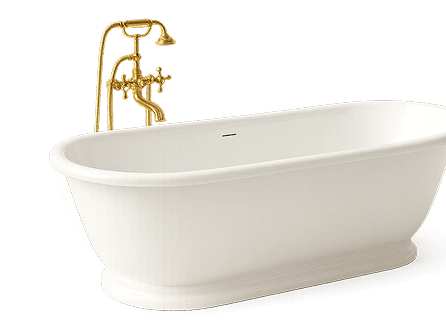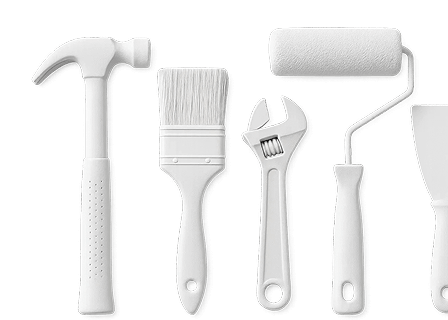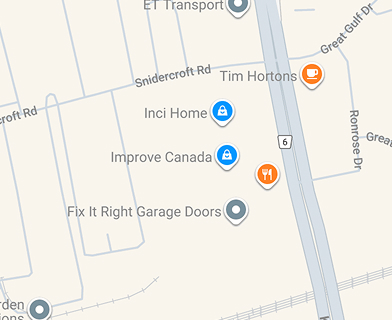
Even if you’re a skilled DIY handyman, you need a professional trim or finish carpenter’s skills set. For example, you need the right skills to create and install custom cabinetry, construct a fireplace mantle, and more. Designing and installing a staircase is a task that requires a skilled professional’s attention. If you need a spiral staircase or a curved staircase, then, you need a professional who knows how to perfectly construct and install such a staircase.
Designing and constructing the staircase
Have you ever realized that even the basic wooden staircase design is difficult to install for any average DIY home handyman? You should know that there is more to stairs than what you see. Here are the most common components of a staircase.
- Stringer
- Treads
- Rise
- Banister
- Newels
- Baluster
- Handrail
Note that some staircase designs also have a wainscoting panel. Others have ornamental or tongue-in-groove paneling that extends several feet up the wall from the floor or the staircase.
Tips for DIY Wood Project handyman
A professional finish carpenter possesses a unique skillset and understands how to perform their duties accurately. Right from creative wall treatment ideas to constructing cabinetry, to designing and constructing closets, and more, professional carpenters understand the process of getting these tasks done in time.
A professional carpenter will stands out from the norm. Their work is always precise and of course, worth the additional expense. However, if you don’t intend to hire a professional, then, heed the following tips for installing a new staircase.
- Buy a pre-fabricated staircase for quicker and hassle-free installation and the desired results. Note that a staircase kit must include treads, pre-cut stringers, banister, balusters, newels, hardware and instructions. Some staircase kits may also contain handrails.
- Begin with the stringer, followed by the treads, then the banister, newels and more. Simply follow the instructions that came with the kit. Consider finishing by installing the nose plate on the stair’s front landing. You should also fill the in the screw holes using wood plugs.
- Make sure that the stringers sit on the concrete instead of the finished floor when installing the staircase in the basement.
- When installing the stringer, always ensure that it is in level and square with the header and on the floor.
- Consider securing the stringer to the header using strong L-brackets.
- Use the right construction adhesive when attaching the newels on the bottom before you screw them up in place.
- Ensure that the handrail brackets are properly attached to the studs.
- Before you screw in brackets, always make sure that you pre-drill the holes.
- Keep in mind that some construction codes require railings on both sides of the staircase. Therefore, you should find out the building codes that govern your local area.
If you realize that your handyman doesn’t have the necessary skills to handle the complexity of your desired staircase, then, you will need to find a professional. That guarantees that your staircase will be installed properly and in accordance with the building codes in your area. Besides, hiring an expert for home renovations Toronto saves you the embarrassment of getting your task completed imperfectly.
Additional Articles About Home Renovation:
- How To Design Your Ideal Bathroom Renovation With Ease
- 7 Tips To Renovate Your Home In Spring
- Good Reasons To Invest In New Flooring
- Remodeling Ideas For Your Main Floor
- Tips To Renovate Before Selling Your Home
- 5 Simple And Practical Home Renovations If Your Budget Is Limited
- How To Transform Your Bathroom Into An At-Home Spa
- How Do I Choose The Perfect Bathroom Tile?
- Tips To Upgrade To A Master-Chef Kitchen
- Ideas And Tips For Choosing A Bathroom Faucet
- How To Budget For Your Next Home Renovation Project
- Avoid The Temptation Of DIY Kitchen And Bath Renovations
- How To Remodel Your Bathroom For The Spring Season
- Tips To Declutter On Your Next Home Renovation





